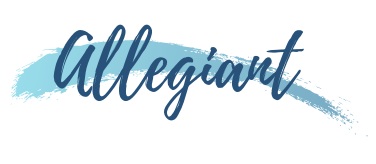As Creatives, Our Time is Money
You’ve probably heard of the (very famous) expression “time is money.”
It describes our work lives as solopreneurs, freelancers and creatives pretty accurately. Although potentially viewed as a limiting factor to growing your empire, using time as a form of “currency” in your own business can provide a lot of positives and help streamline your processes.
Pricing
Keeping track of time aids us in setting rates for our services or price tags on our products.
The value pricing method (whereby you set your rates based on how much value is brought to your customer) is quantified through return on investment, personal development, or other means. Value pricing is ambiguous and subjective, whereas time pricing is logical and objective.
Especially when you’re just starting out, it’s the easiest way to determine how to price your services or products. Simply give yourself an hourly rate and track how much time each task takes! This could make up the majority of your rate, along with smaller add-ons such as expenses.
Not only does pricing your services and products by time give you a clear system, but it also aids you in quantifying how much time you spend on different tasks and whether your time would be better spent elsewhere. Your time seems to matter more when there’s a number of dollars attached.
There is an idea that setting rates based on time spent blocks business growth but this could also be a misconception. As you become more experienced in a particular task, the time it takes you to do it will decrease, but your rates for the task will remain the same. This provides you with more time overall for more clients or to increase production.
Toggl
It’s a free time-tracking app which allows the user to separate and record time spent with different clients or on different projects. As a business owner, it also allows you to add your team members, enabling you to easily track where their time is spent. It’s a lifesaver when working remotely as you’re able to ensure you’re not paying for procrastination!
Toggl is useful because it contributes a dashboard and free downloadable report for each client; meaning you can easily highlight how much time was spent (and on which tasks) without compromising confidentiality.
On the other hand, if you’re a product-based creative, toggl is great for time-blocking. It allows you to easily set yourself a “time-budget” when making or creating, similar to an alarm. You determine how much time to spend on production, which provides a boundary and could prevent perfectionism (which could lead to the destruction of confidence and creations!).
You can check out Toggl here (disclaimer: this is not an ad).
The Extra Minutes
As a creative or solopreneur, it’s so easy to forget about the little things that you do in business, aka the ”business errands.” In our minds, they are often thought of as lower priority tasks, such as driving to client meetings, setting up for craft fairs, or spending time on marketing ourselves.
Although these tasks are not particularly ”chargeable” to our clients and customers, they are essential to keeping us in business.
So are we, as solopreneurs and creatives, expected to bear the cost? Or should our rates and prices include a flat fee which aims to cover the cost of these extra tasks?
Pricing is very personal, especially since the same tasks can take varying times by different people. Do your rates enable you to cover the cost of ”extras” or do you endure these costs yourself? Let’s discuss how you price items and services.

